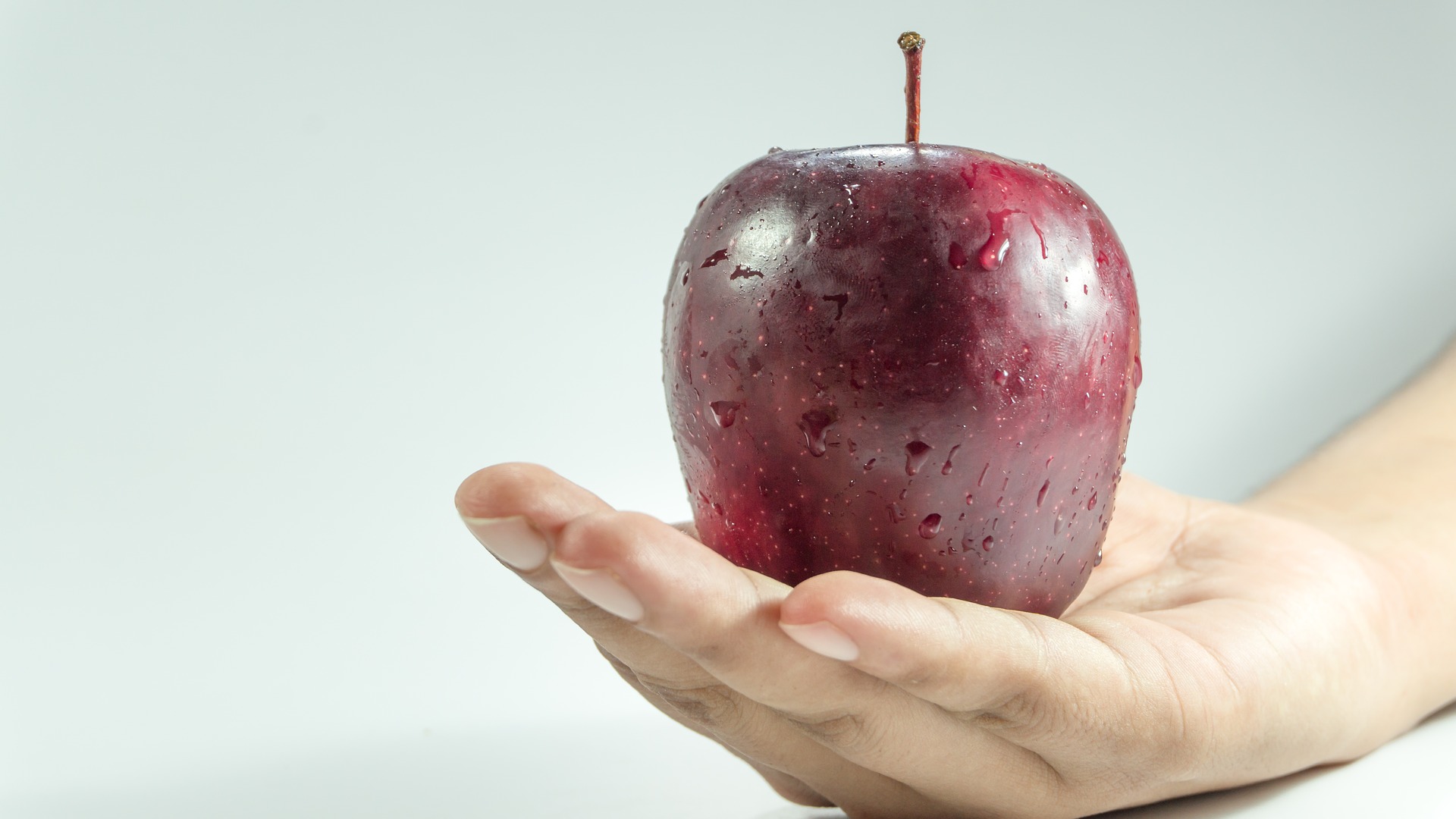
Question: Hi. I’m visiting Eretz Yisroel and I’m staying in a moshav up north. I purchased some vegetables from a farmer who is not shomeir mitzvos. I realize I have to be separate “Terumos and Maasros”. Can you please tell me what I have to do?
Answer: Well, it’s always easiest to buy your produce in EY from a store that has a reliable hechsher; you don’t have to worry about tevel, nor about shviis, nor about orlah, etc.
This year, shviis is not an issue, and orlah is not an issue, because you only bought vegetables and orlah is only by fruit, but you’re still left to deal with the fact that the vegetables are tevel.
You’re going to have to be mafrish (separate) Terumos and Maasros.
Obviously, we can’t go through all of the halachos of Terumos and Maasros in this setting, but I’ll give you the basic overview of this topic and I’ll explain what you need to do.
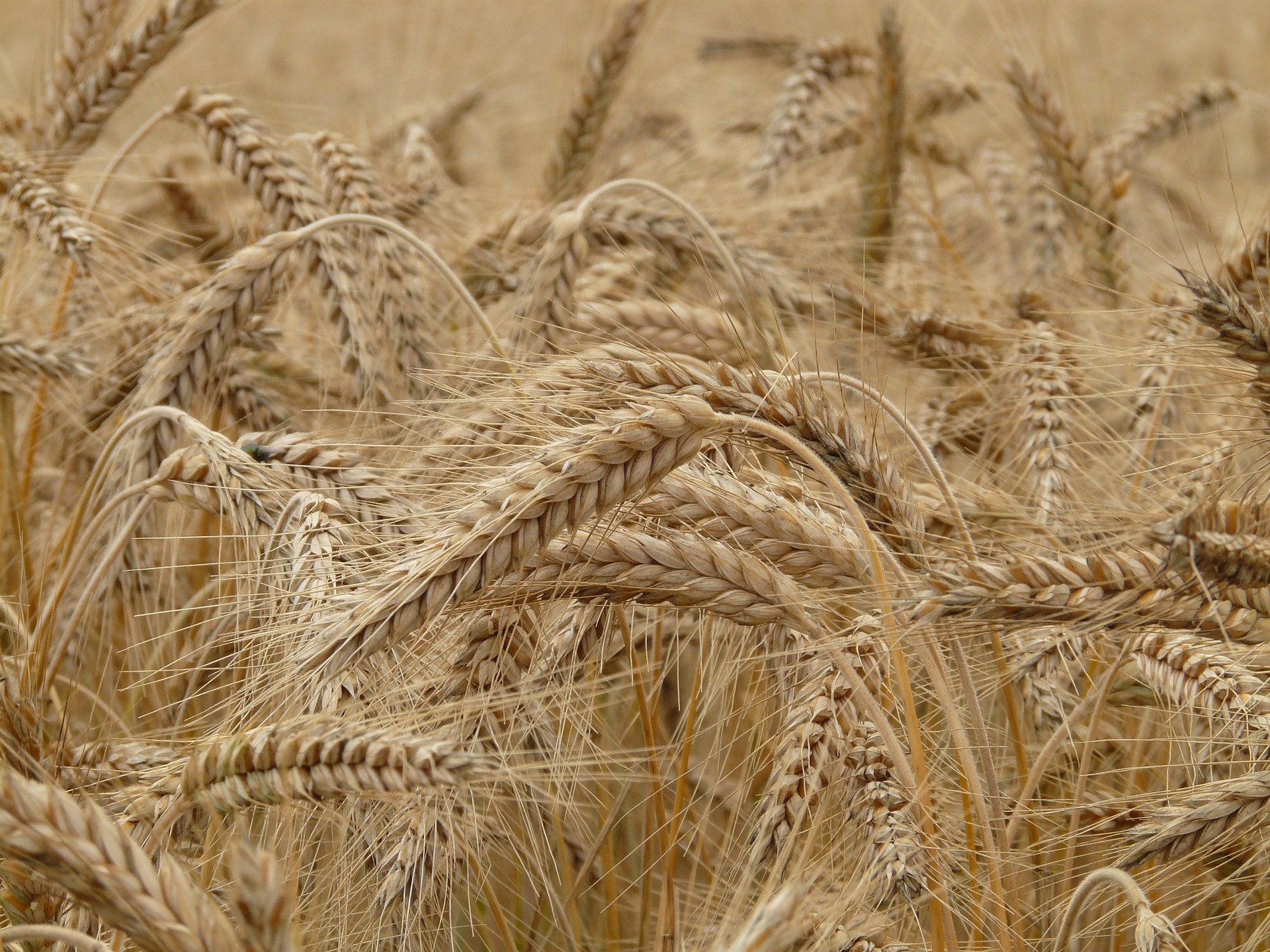
Terumah
The Torah writes in several different parshiyos the different tithes one must separate before using produce from EY.
Firstly, one must give Terumah; that mitzvah contains two facets:
Separating the Terumah from the rest of the produce, and b. giving the Terumah to the kohein, as only the kohein may eat it. Nowadays, the kohanim are not tahor (pure) so kohanim may not eat Terumah. Therefore, we don’t give kohanim Terumah nowadays.
Nevertheless, we still do hafrasha (separation) of Terumah in order to allow us to eat the rest of the produce.
When kohanim would eat Terumah, one was supposed to give at least two percent of the produce as Terumah; nowadays, since the Terumah is considered tamei (impure), even a tiny amount suffices.
Also, in earlier times one would give the kohein impure terumah, as well, as the kohein would use it for fuel; nowadays, the minhag is to dispose of the Terumah by oneself.
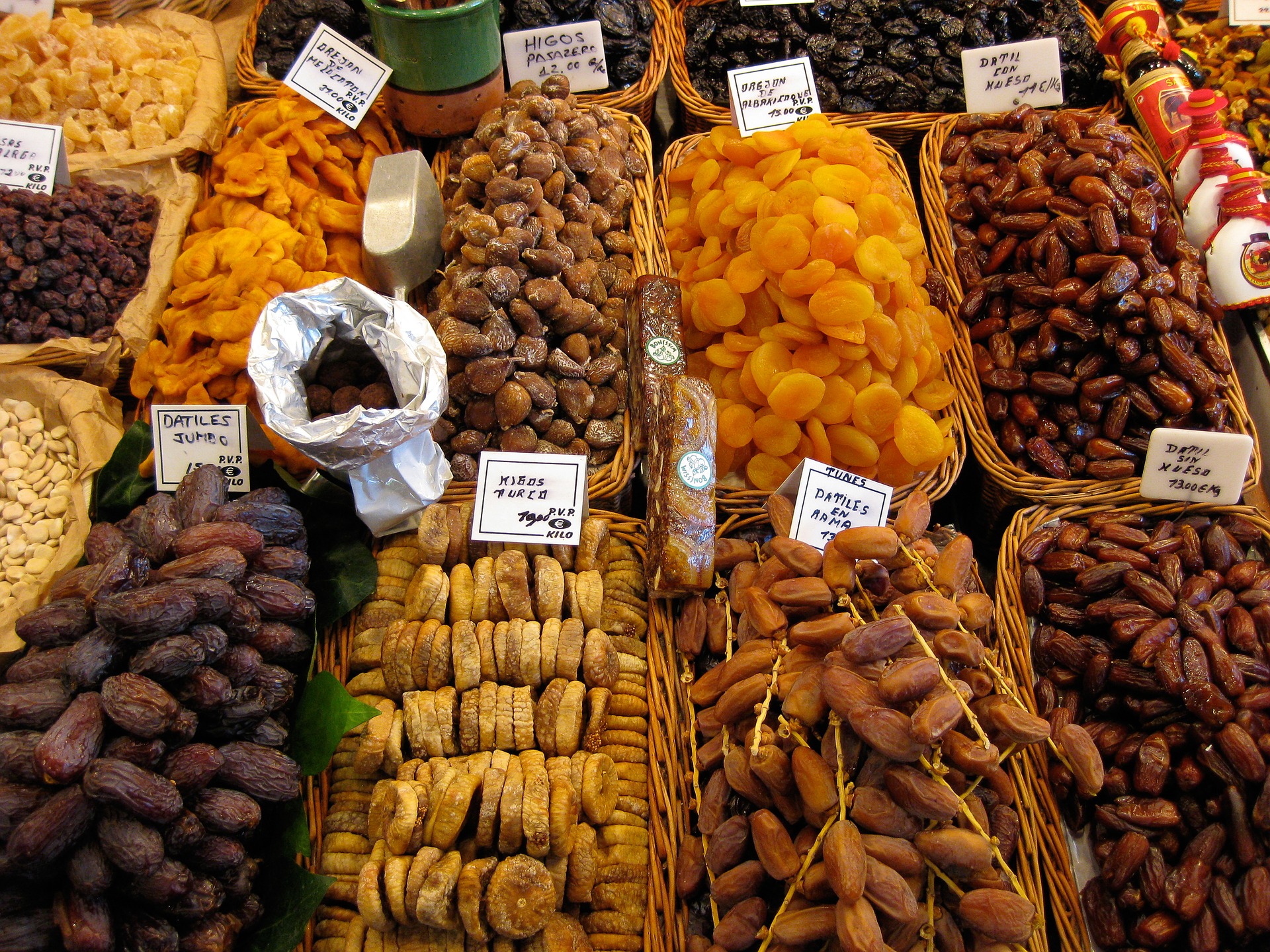
Ma’aser Rishon
Besides for Terumah, one must give another tithe, called ma’aser rishon (i.e. the first tenth).
That tenth must be separated and given to a Levite.
Nowadays, we don’t give a Levi ma’aser rishon, because we’re not certain that one who claims he is a Levi, really is so.
Still, just like Terumah, although the Levi does not get the ma’aser, nevertheless it still must be separated from the rest of the produce.
And ma’aser, unlike Terumah, may be consumed by anyone; it has no kedusha. It’s just property of the Levi, but the Levi has to come along and prove his identity before claiming the ma’aser for himself. Until he can do that, the owner can hold on to the ma’aser for himself.
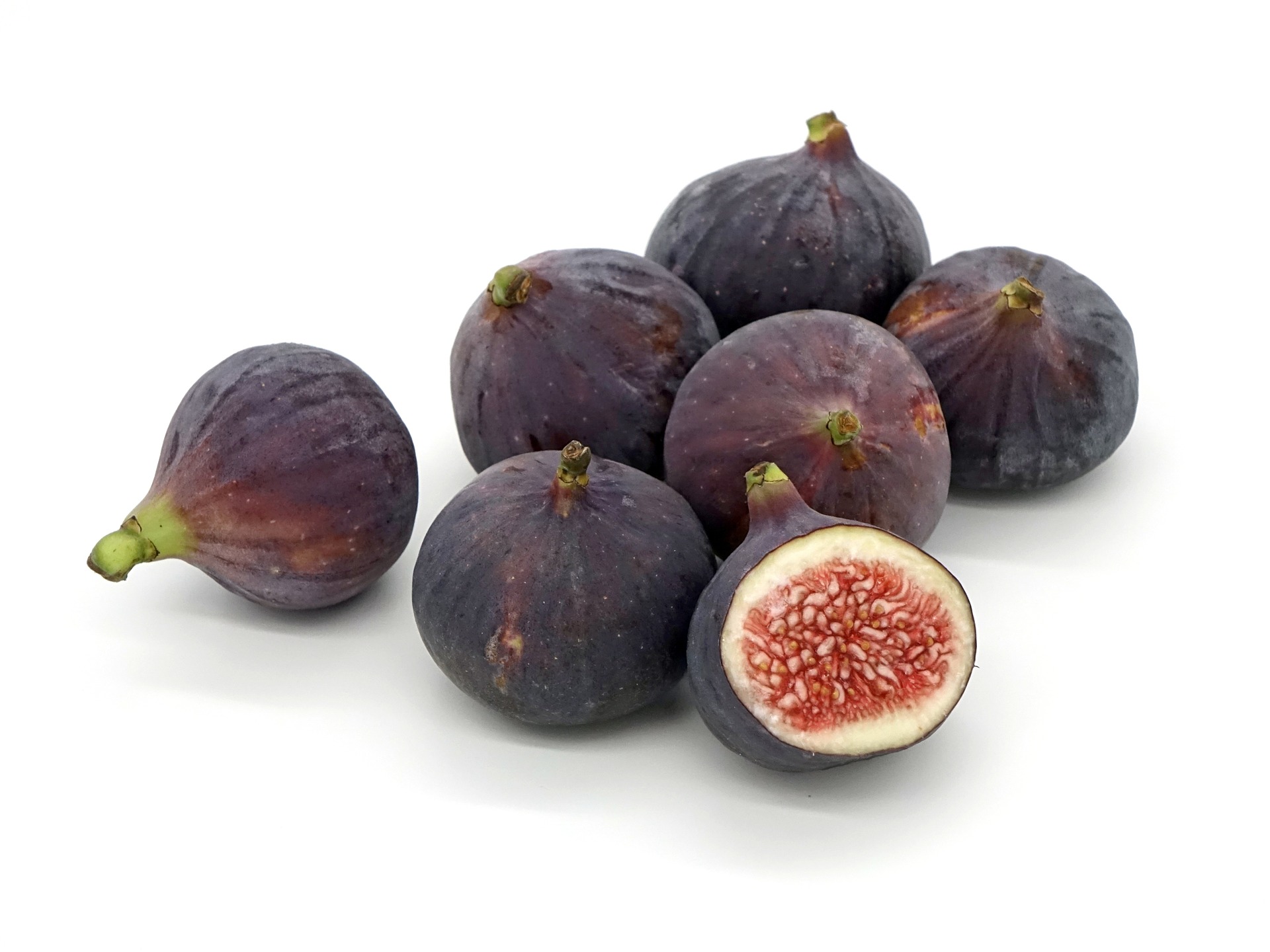
Terumas Ma’aser
However, from the maser rishon itelf, something else must be given as well, namely terumas ma’aser.
The Torah requires the Levi (or anyone who is holding on to the ma’aser rishon) to give a tenth of the ma’aser rishon, which works out to be about a percent of the entire produce, to the kohein.
Nowadays, for the previously mentioned resons, we do not give a kohein the terumas ma’aser.
Nevertheless, the separation of the terumas ma’aser must take place in order to allow eating the ma’aser rishon.
And Terumas ma’aser has a more stringent status than regular masser rishon; it can only be consumed by a kohein, and is forbidden for anyone else, just like Terumah.
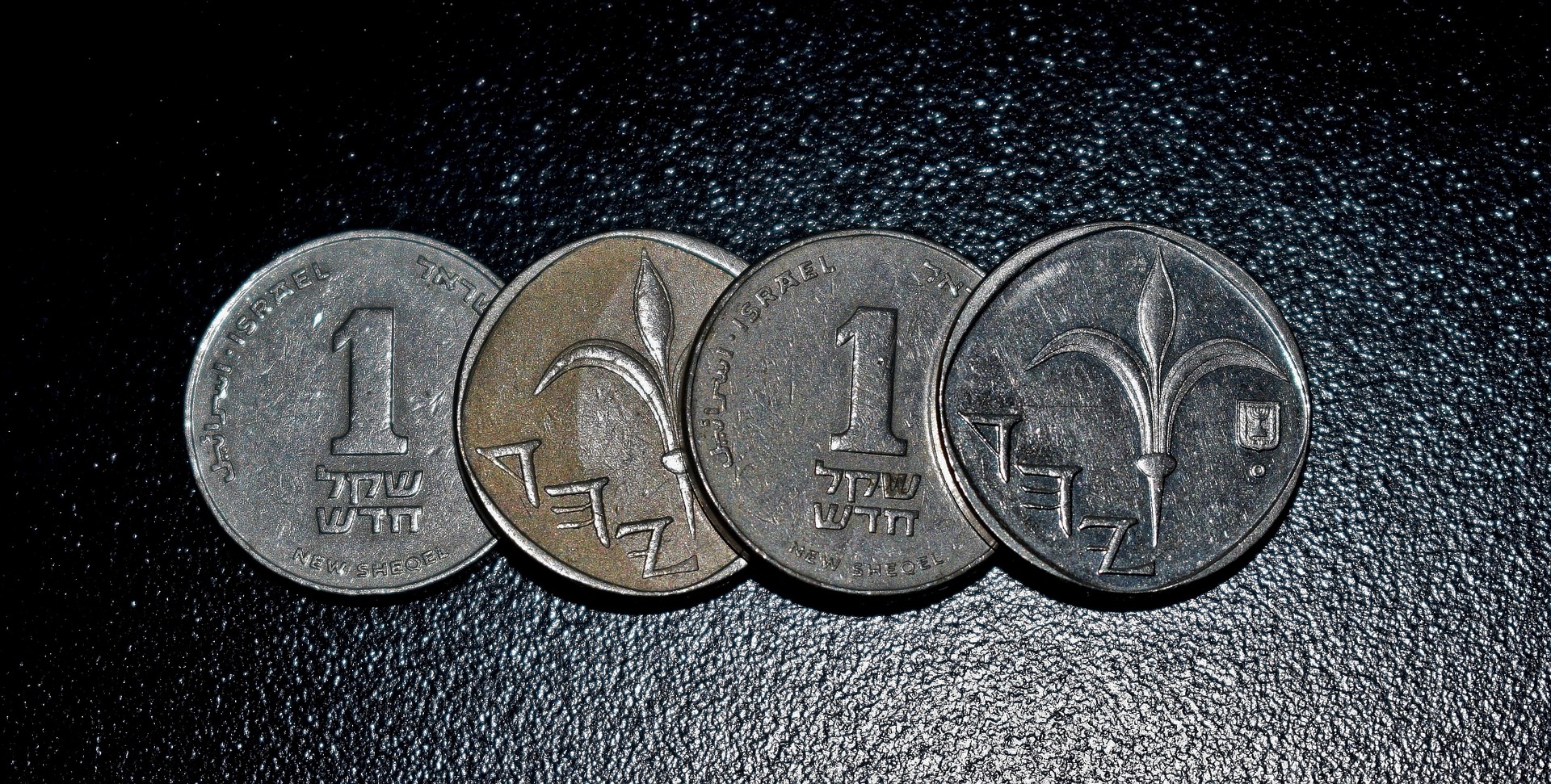
Ma’aser Sheini
Then there’s ma’aser sheini (the second tenth). After separating ma’aser rishon, the owner then separates a second ma’aser which he eats in Yerushalayim.
Nowadays, that’s not an option for several reasons, i.e. we’re all tamei (impure), there’s no kedusha (holiness) in Yerushalayim to allow eating of the ma’aser sheini as there’s no beis hamikdosh, etc.
So what we do is “pidyon” ma’aser sheini – we redeem the ma’aser sheini onto a coin.
The kedusha of the ma’aser sheini produce transfers to the designated coin, (which must be worth at least a “p’ruta” – the value of 1/40th of a gram of silver) and the fruits are then permissible to be eaten anywhere.
That coin however remains holy, and cannot be used for anything. The Torah in Parshas Ki Savo teaches us about the mitzvah of biyur ma’asros (disposing of leftover maser).
On Erev Shevii Shel Pesach (some hold on Erev Pesach itself), on the fourth and seventh years of the shemitta cycle, the coin must be destroyed.
It can either be thrown into the Dead Sea, or simply broken. Throwing it in the garbage and the like does not suffice.
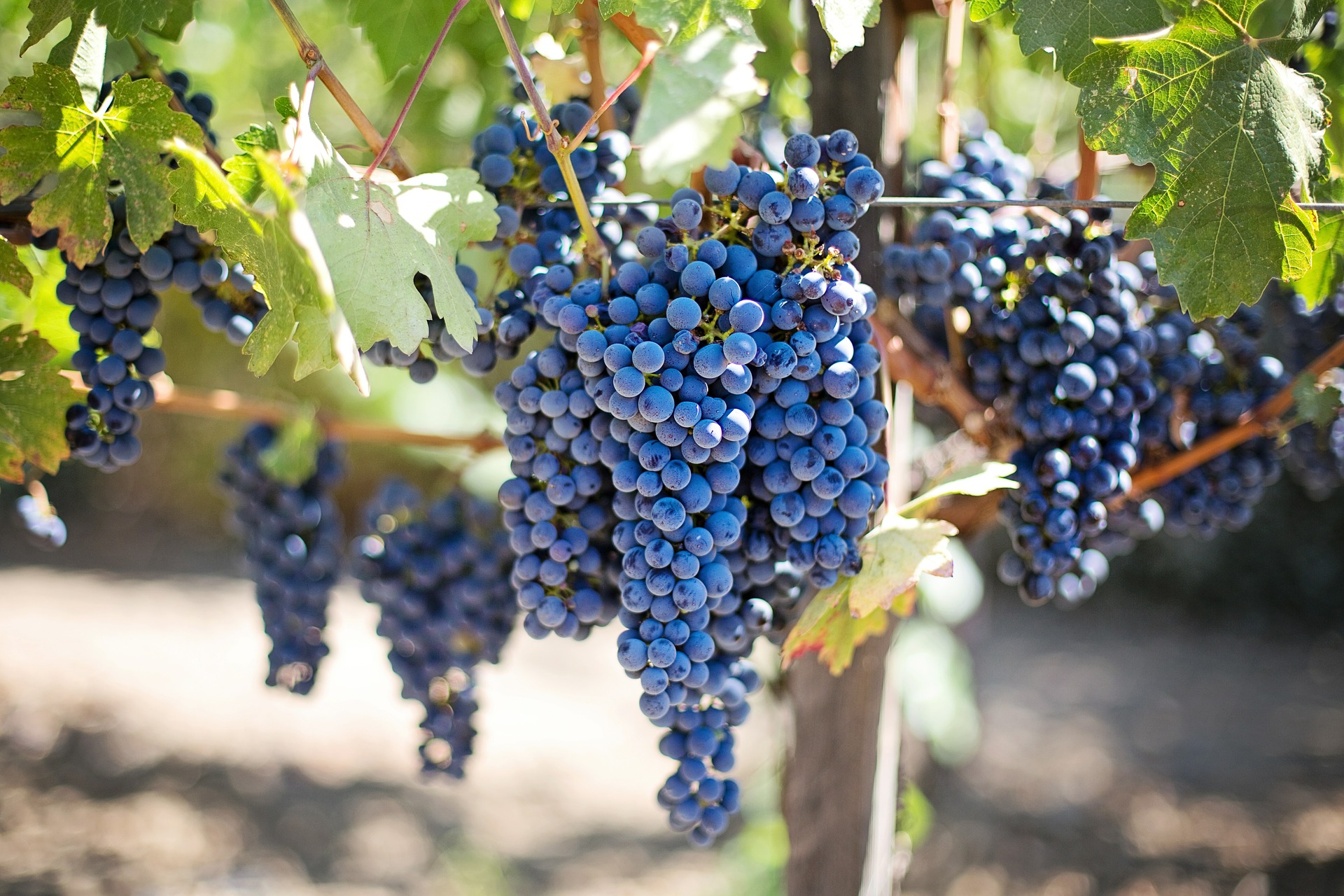
Ma’aser Ani
There’s a third ma’aser that the Torah talks about that the Torah refers to in Parsha Ki Savo (and Parshas Re’ah), and that’s ma’aser ani (the tenth for the paupers).
The mitzvah of ma’aser sheini only applies to the first and second and fourth and fifth years of the shemitta cycle. During the third and sixth years, there is no ma’aser sheini, rather ma’aser ani is given instead.
This too, is not given to paupers if it’s not definitely tevel, but the separation must be made. If it’s definitely tevel one should give it to a pauper.
To summarize, before eating produce grown in EY, one must separate: Terumah, Ma’aser Rishon, Terumas Ma’aser, and Ma’aser Sheini (or ma’aser ani, depending on what year it is).
Terumah and Terumas Ma’aser must be disposed of as it is forbidden for consumption (it’s permissible only for kohanim who are tahor) and the rest of the tithes may be eaten, though ma’aser sheini is edible only after “pidyon”.
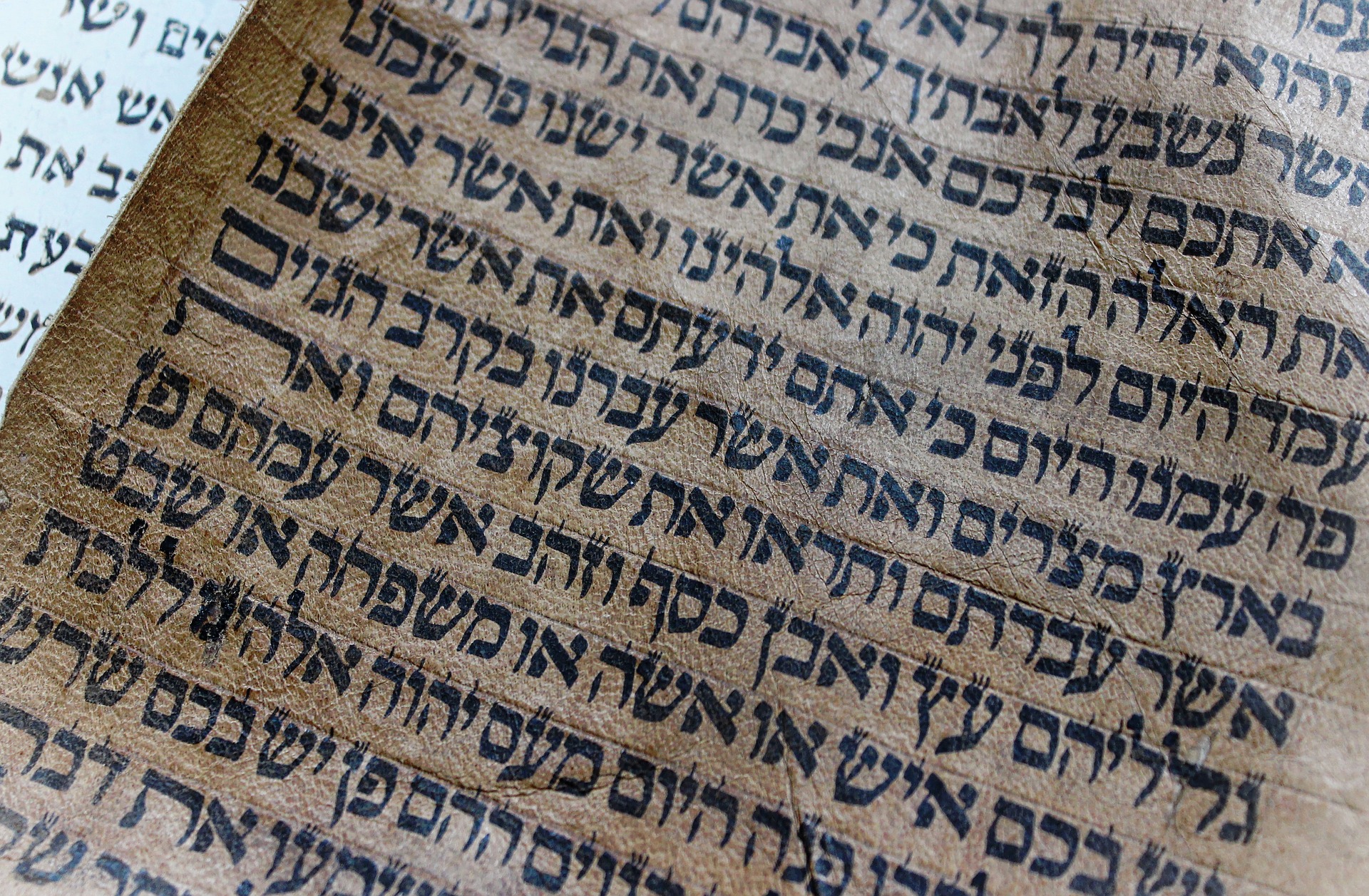
How to Separate
Technically, one can be mafrish without actually lifting and physically separating the tithes.
One can just say (or even think) that he’s mafrish Terumos and ma’asros in a particular spot, and that also works.
For instance one can say that the Terumah is in northeast corner of the basket of apples, and the ma’aser rishon to the south, etc.
However, that can cause a problem if the tithes gets mixed up, so one should take out a bit more than one percent out of the basket or plate full of produce (one percent for Terumas Ma’aser, and the bit more is for Terumah).
Then one should say the nusach for Terumos and Ma’asros written by the Chazon Ish [it is found in the back of many siddurim].
What happens is that one declares exactly where the different ma’asros are being “mufrash”.
All the tithes are then separated by saying the nusach. The bit more than one percent that was set aside for Terumah and Terumas Ma’aser is then to be wrapped and discarded.
No one may eat it.
Now, if it’s certainly tevel (there’s no chance someone was mafrish already, and it meets the criteria to be chayav in Terumos u’maasros) you should make a bracha before saying the nusach.
The bracha is אשר קדשנו במצותיו וצונו להפריש תרומות ומעשרות . Then you say כל ההפרשות יחולו כמו שכתוב בנוסח שברשותי כדת. That statement means that all the tithes should be “mufrash”, in the halachiacally correct fashion, as it says in the nusach that is found in my possession – namely that can be found in a siddur in your possession that has the nusach of the Chazon Ish (usually found in the back of the siddur).
If you do not possess a siddur that has the nusach for hafrashas Terumos u’maasros, omit the words בנוסח שברשותי כדת and in their stead say יחולו כדת כמו שכתוב בנוסח המודפס על פי החזון איש.
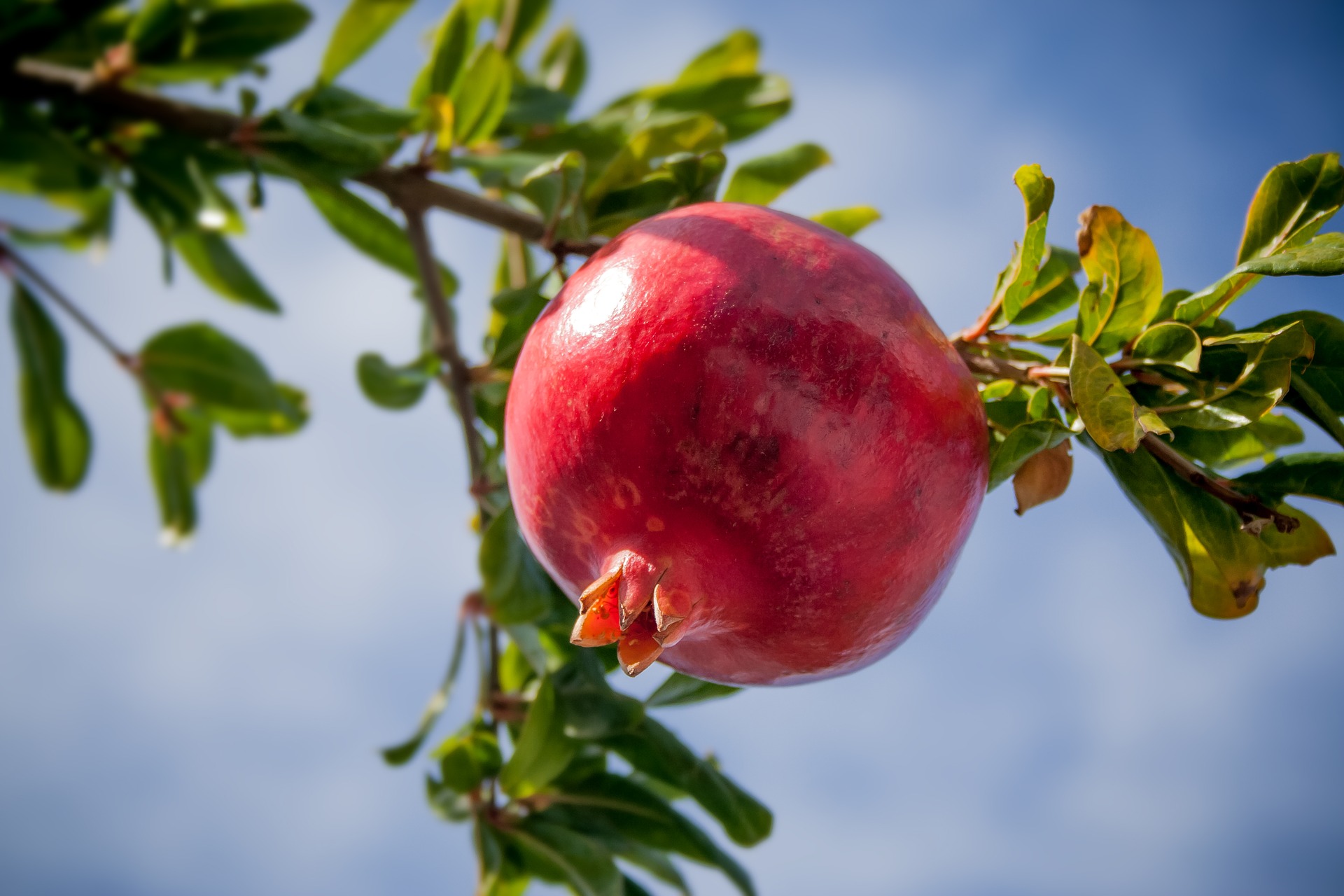
How to eat Ma’aser Sheini
Now, in order for the ma’aser sheini to be permissible to eat, it has to be redeemed onto a coin.
Therefore, you must set aside a coin worth at least a “p’ruta” (nowadays the smallest coin worth a p’ruta in EY is a half shekel coin) and when you say the nusach of hafrashas terumos u’maasros you declare that the kedusha of ma’aser sheini is transferred on to that coin.
Now, if the ma’aser sheini itself (10% of the produce you’re being mafrish on ) is not worth a p’ruta, acc. to many shittos you would need a special p’ruta, known as a p’ruta chamura, to be “podeh” your ma’aser sheini.
Also, this coin cannot be used or disposed of in a standard way – it must be ruined or dropped off in the Dead Sea.
There are other considerations as well, so it would be worthwhile to find someone with a coin set aside for ma’aser sheini and ask for permission to redeem your ma’aser sheini on his coin.
If the tevel you’re mafrish on is certainly tevel, you say a bracha before pidyon ma’aser sheini – אשר קדשנו במצותיו וצונו על פדיון מעשר שני.
Then you say the part about the transferring of the kedusah – you say פדיון מעשר שני ורבעי יחול כמו שכתוב בנוסח שברשותי כדת (if you have the nusach in a siddur in your possession; if not, omit the last two words and say instead say כמו שכתוב בנוסח המודפס על פי החזון איש as we mentioned earlier). [We mention redeeming R’vai as well, just in case these fruits are from the fourth year of the tree (the year after orlah finishes) where the fruit have the same halachic obligation as ma’aser sheini, to be eaten in Yerushalayim, unless redeemed.]
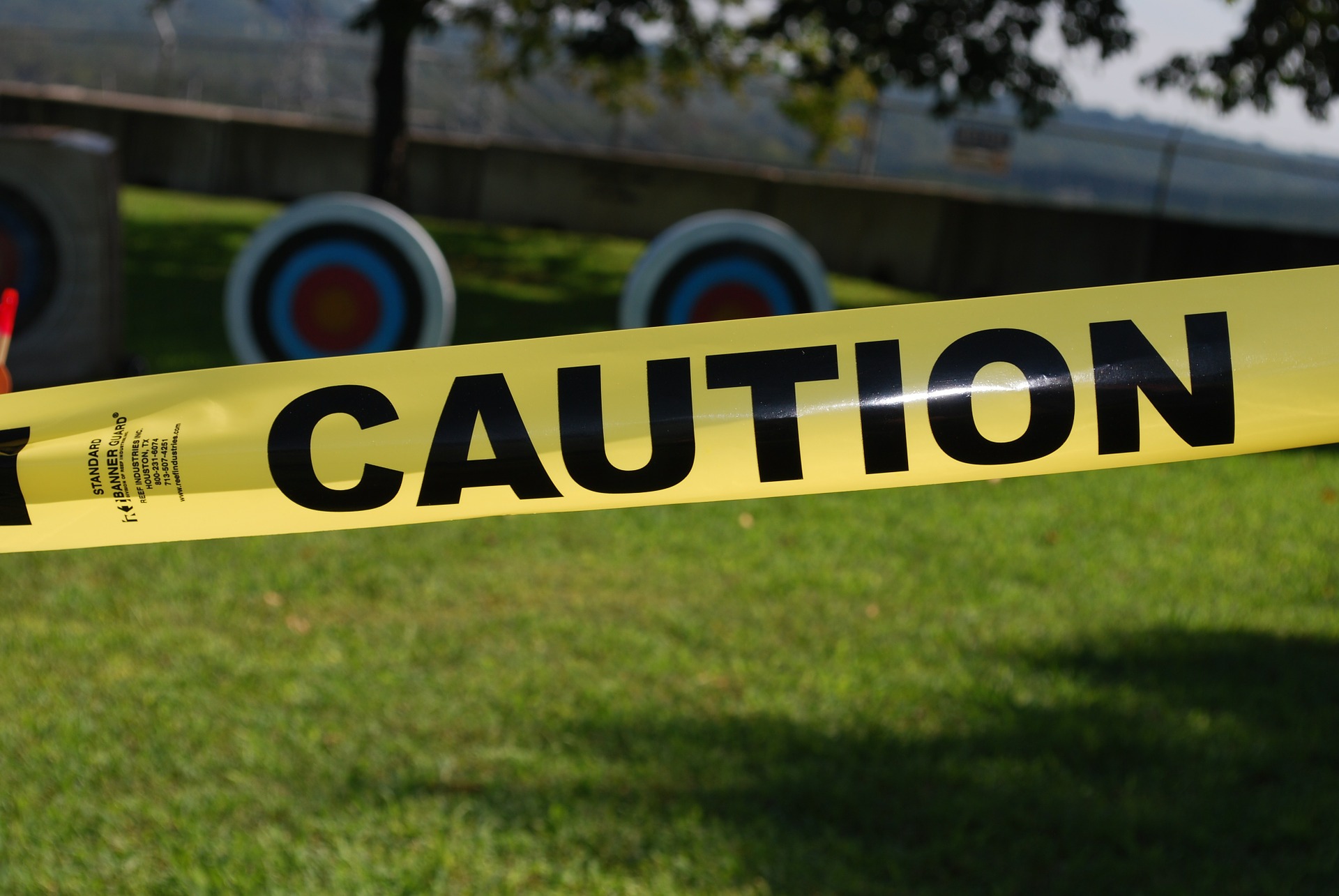
Last Precautions
Now, if you’re not sure if the produce is definitely tevel, you have to be mafrish without a bracha.
You do the same procedure as we wrote earlier – you take a bit more than one percent of the produce, place it to the side of all the tevel, and say: כל ההפרשות וחילול מעשר שני ורבעי יחולו כמו שכתוב בנוסח שברשותי כדת (again, if you have the nusach in a siddur in your possession.
If you don’t have such a siddur, then you have to improvise on the language a bit, as we wrote earlier).
Now, if you’re being mafrish on many different vegetables, follow the same procedure, just when you say the nusach add at the end the words כל מין על מינו – i.e. by uncertain tevel you would say – כל ההפרשות וחלול מעשר שני ורבעי יחולו כנוסח שברשותי כדת כל מין על מינו. You could do it all at once, and one p’ruta would suffice as well.
Once again, this is just an overview with a basic outline of how to separate Terumos and ma’asros in this specific case. There are many different variables and halachos, so it would be advisable to consult with someone knowledgeable in these halachos in any situation.